- Solar advice hub
- Solar-technology
- Solar panel microinverters: the expert guide
Solar panel microinverters: the expert guide
Here's how microinverters work, their advantages and disadvantages, and whether they’re worth it for your home.


Why you can trust our content
We know that the solar industry is full of misinformation, but we only use reliable sources, including:
- Our experienced solar experts, installers and system designers
- Our own database of solar & battery system designs
- Authoritative bodies like MCS and the UK government



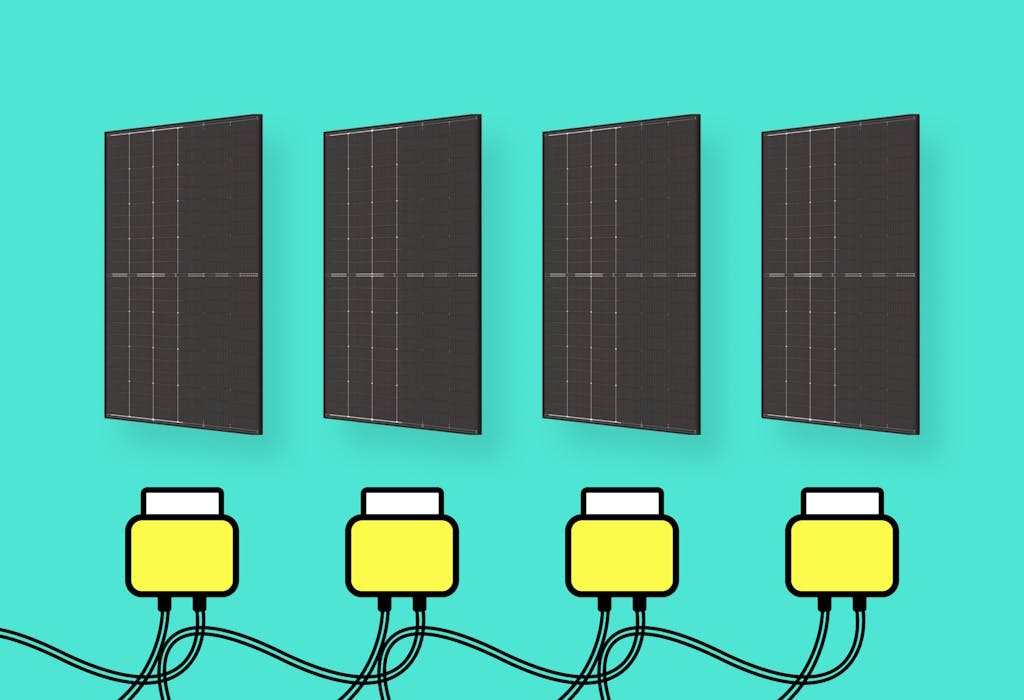
At a glance
When it comes to getting the most out of your solar panel system, microinverters are the best option on the market.
They can take the place of a regular string inverter, track your panels’ output, and maximise how much electricity they’re generating – but they’re only necessary for certain systems.
In this guide, we’ll run through how microinverters work, their advantages and disadvantages, and whether they’re worth it for your household.
If you’re wondering how much you could save with a solar & battery system, click the button below, enter a few details, and we’ll generate an estimate.
What are microinverters?
Microinverters are pieces of electrical hardware that connect to individual solar panels and convert their direct current (DC) electricity into alternating current (AC) electricity, so that you can use it in your home.
They can replace the traditional string inverter, a single product that’s connected to every solar panel in a system but treats them as one entity.
With microinverters, one shaded or malfunctioning panel doesn’t have to reduce the entire system’s output – just the output of that panel.
Microinverters come with all the functions that solar panel optimisers provide, including monitoring your panels’ performance and automatically maximising their output – plus a couple of valuable extras.
They usually have a substantially lower startup voltage than string inverters or optimisers, so they can start generating electricity earlier in the day and last longer into the evening.
Unlike string inverters, microinverters can also easily handle a system that’s spread over more than two roofs that face different directions, since they effectively treat every panel as its own mini system.
And since they convert each panel’s electricity at source, you won’t have any high-voltage DC electricity flowing through your system, which lowers the chances of anything going wrong.
How do they work?
Both microinverters and string inverters use a technology called Maximum Power Point Tracking (MPPT) to increase how much electricity they produce, but with one important difference.
A string inverter can only control a system as a whole, so it’s forced to operate every panel at the same level as the worst-performing one, whereas microinverters can run each panel at its maximum level.
For example, in a system where one panel is generating 90% of its peak power rating and the rest are working at 95%, a string inverter would have all the panels run at 90%.
Microinverters, on the other hand, would ensure that each individual panel reaches its maximum capability, without being affected by the others.
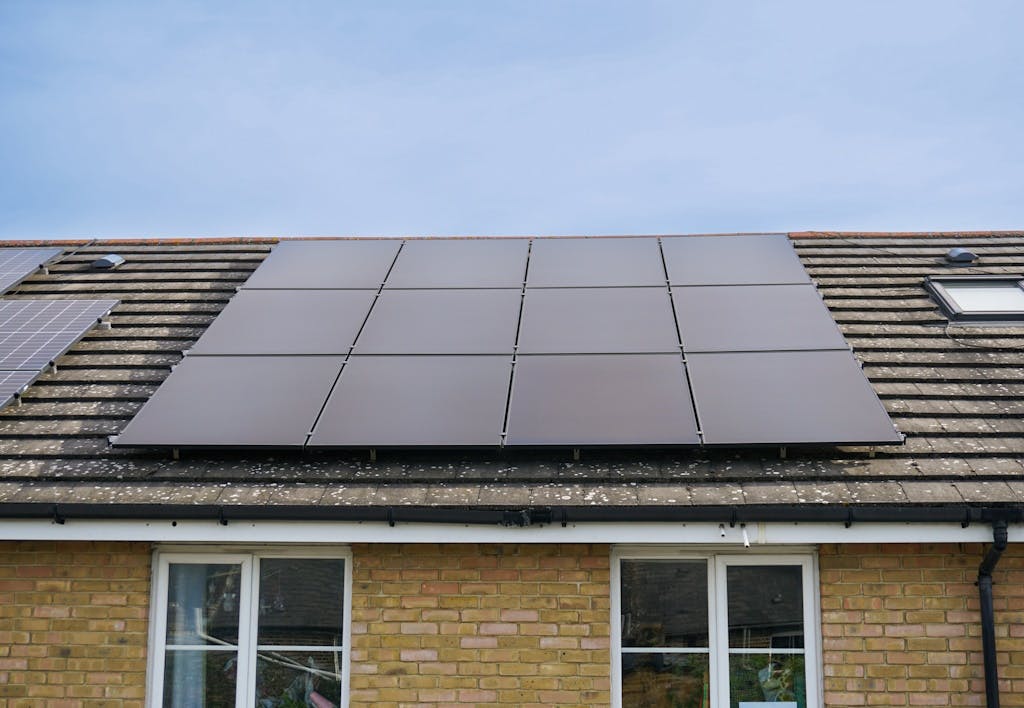
The pros and cons of microinverters
Microinverters will almost certainly increase the amount of electricity your system generates over its lifespan – but this comes at a price.
The larger and more complicated your system is, the more appealing microinverters will be, but the point at which you should get microinverters instead of a string inverter is tricky to work out on your own.
That’s why it’s best to get a free assessment and quote from one of the best solar installers in the industry – like us – before making your final decision.
The benefits of microinverters
- They ensure every panel produces its maximum output, even in partial shade. When some of your panels experience shading, they’ll still generate as much electricity as they can, while every other panel will be unaffected.
- You can increase your savings and earnings. With each panel producing as much electricity as it can, you can lower your grid electricity imports and export more excess electricity through your export tariff.
- Monitoring is considerably better with microinverters. You can track every panel that’s connected to a microinverter, allowing you to immediately identify any faults.
- You can combat dirt accumulation and degradation. Your panels will naturally degrade over time, and dirt and debris will gather – all at different rates to each other. With microinverters, this doesn’t have to drag down your entire system to the lowest level.
- Microinverters work in low light. While string inverters generally need between 60 and 200 volts to start producing electricity, microinverters usually require just 20-30 volts. This means they can make the most of the daylight.
- They can cope with a system that faces more than two compass directions. Instead of needing to buy two string inverters, you can just get a microinverter for each panel.
- They have long lifespans. String inverters tend to operate for 10-12 years before needing to be replaced, whereas microinverters usually come with 25-year warranties
The drawbacks of microinverters
- Microinverters are usually around three times more expensive than optimisers. If you're looking for a cheaper way to maximise your system's output, optimisers are the better choice – although they aren't quite as effective.
- Your system will be more complex. The more electrical items you add to a system on your roof, the greater the possibility of something breaking down and needing to be repaired or replaced.
Does your solar PV system need microinverters?
Your solar panel system may need microinverters if it experiences a certain level of partial shade or dirt accumulation.
Solar panels usually come with three bypass diodes, which all protect the system’s generation levels when shading on their section of the panel reaches 20% – but if your panels often suffer from more than 20% shading, it may be worth getting microinverters.
Dirt inevitably collects on panels, and it will gather on some more than others. It’s recommended that you clean your system every two or three years in the UK, but if you live on the coast or near dusty farmland, this could be required more regularly.
Microinverters can mitigate the impact of dust and dirt on solar panel output, and make cleaning a little less necessary.
They can also help if you plan to have panels that face more than two compass directions. Without microinverters, you’d need two string inverters, and you wouldn’t be able to monitor every panel.
Larger solar panel systems naturally have a higher chance of one of their panels underperforming, so these can particularly benefit from having microinverters.
However, the higher cost of microinverters means you should talk it over with a certified installer before you make your choice.
How are microinverters installed?
Microinverters are small boxes that an installer will fix to your mounting brackets, before connecting their AC cables to your consumer unit (also known as a fuse box), which is linked to all your home appliances.
The microinverters’ DC cables are then connected to your solar panels.
This allows these small machines to take all the DC electricity your panels generate, convert it to AC electricity, and send it straight to your home or the grid.
Your installer will also connect your consumer unit to a microinverter controller. This communicates with each microinverter and uploads all the data it collects to your solar panel app, which will be provided by your microinverters’ manufacturer.
How long do microinverters last?
Microinverters usually last around 20-25 years.
This is why large brands like Enphase provide 25-year warranties with their microinverters.
They last roughly the same length of time as optimisers, but about twice as long as a string inverter, which has a standard lifespan of 10-12 years.
Solar panels generally last 25-40 years, so while you may end up replacing some of your microinverters as they age, it’s not a given.
And either way, you shouldn’t have to worry about getting any new microinverters for a couple of decades.
Do they require any maintenance?
Microinverters don’t usually require any maintenance.
Like any machine, they can suffer faults and break down, but this is generally very rare.
On the off-chance it does happen, you should be able to quickly spot any problems, as long as you’re regularly monitoring your panels’ output.
Any repairs can be more costly than they would be for a string inverter, as you’ll need to have scaffolding put up so the electrician can get on the roof. String inverters are usually placed in a more easy-to-reach location.
It’s therefore worth checking if your warranty covers repairs, and if it does, reading on to see whether labour and scaffolding costs are included.
Every Sunsave Plus system is protected by the Sunsave Guarantee, which includes 24/7 monitoring and maintenance, free replacement parts (including a battery and inverter), and downtime cover.
Your system will also be insured by Aviva against damage, fire and theft. Check out our guide to the Sunsave Guarantee to learn more.
Microinverters vs optimisers
Like microinverters, optimisers are wired into solar panels, measure their generation, and use MPPT to ensure they generate the most electricity they can – but they can’t replace an inverter.
Optimisers are generally around three times cheaper than microinverters though, which is worth taking into account.
Microinverters are usually installed on every panel, to ensure your monitoring is as effective as possible, while some big optimiser brands like Tigo are open to customers just putting optimisers on as many or as few panels as they choose. This could also affect your price.
Apart from cost, the better option is almost always microinverters.
They can produce electricity in lower light than optimisers. Their startup voltage is around 20-30 volts, compared to the 60-200 volts that optimisers require on a string inverter.
Are microinverters worth it?
Microinverters may be worth it if you need to tackle significant, unavoidable shading issues or if you have an especially large system.
However, they are expensive, and should therefore only be added to a system when it’s absolutely necessary.
Even if they make your solar panel system function better, their high cost may end up pushing back your break-even point.
Before deciding on the shape and nature of your solar panel system, it’s worth considering alternatives like optimisers – which a trusted installer can help you with.
If we think microinverters would be worth it for your system, we’ll recommend them and explain why.
If you’re wondering how much you could save with a solar & battery system, click the button below, enter a few details, and we’ll generate an estimate.
Microinverters: FAQs
Related articles
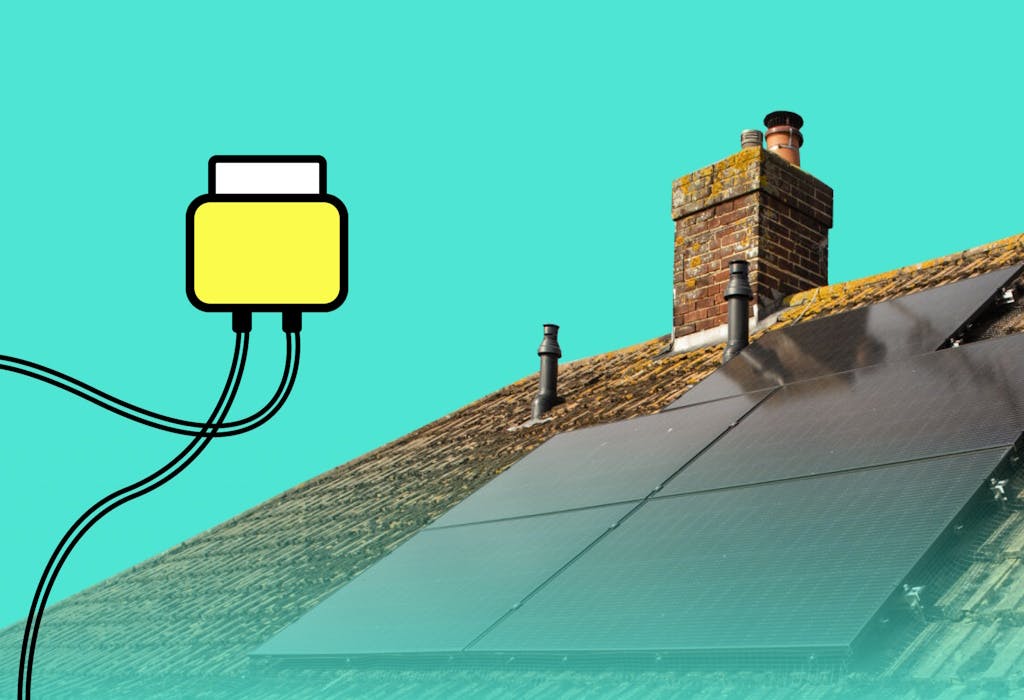
Solar panel optimisers: the expert guide
Read full story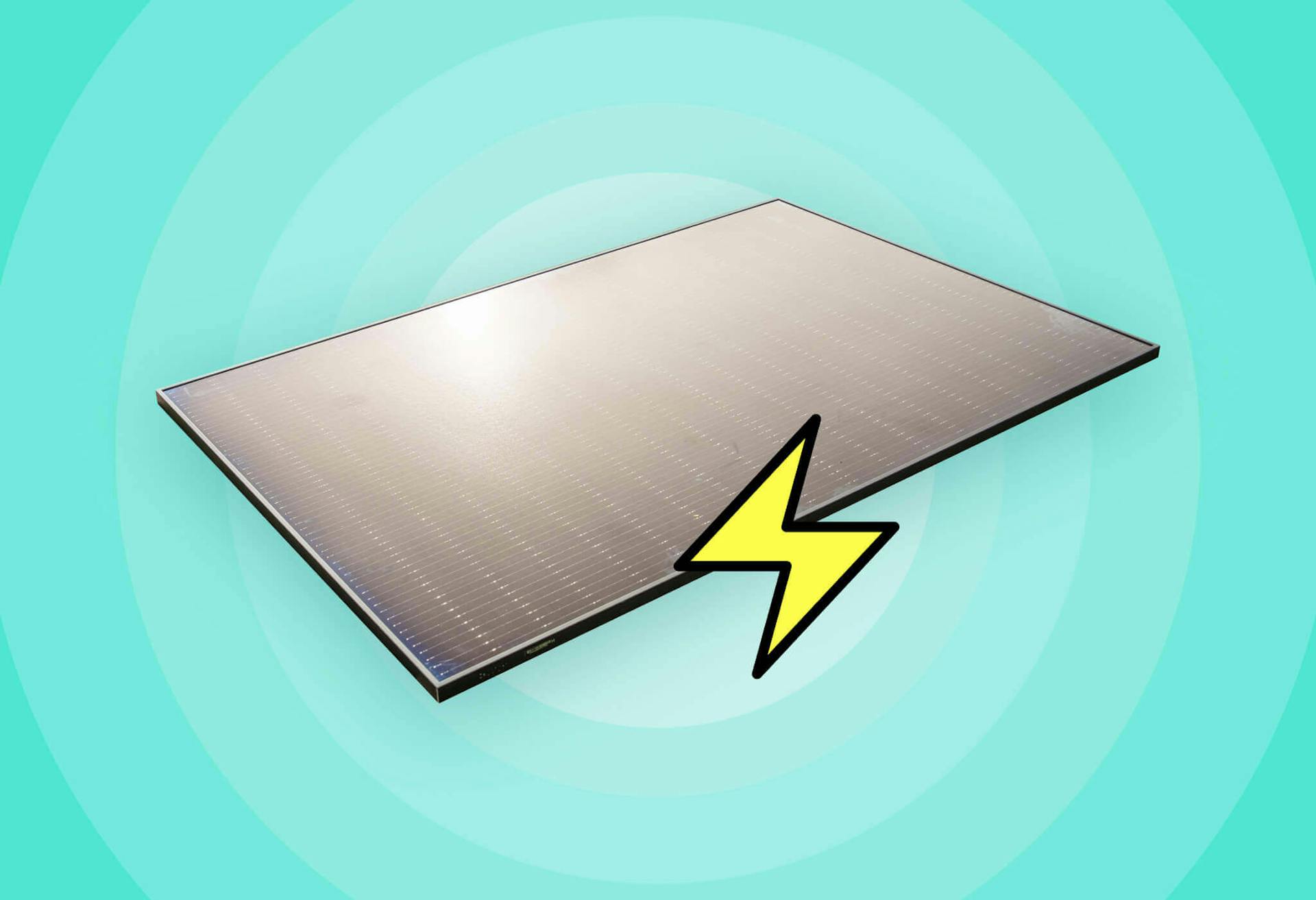
How much energy do solar panels produce?
Read full story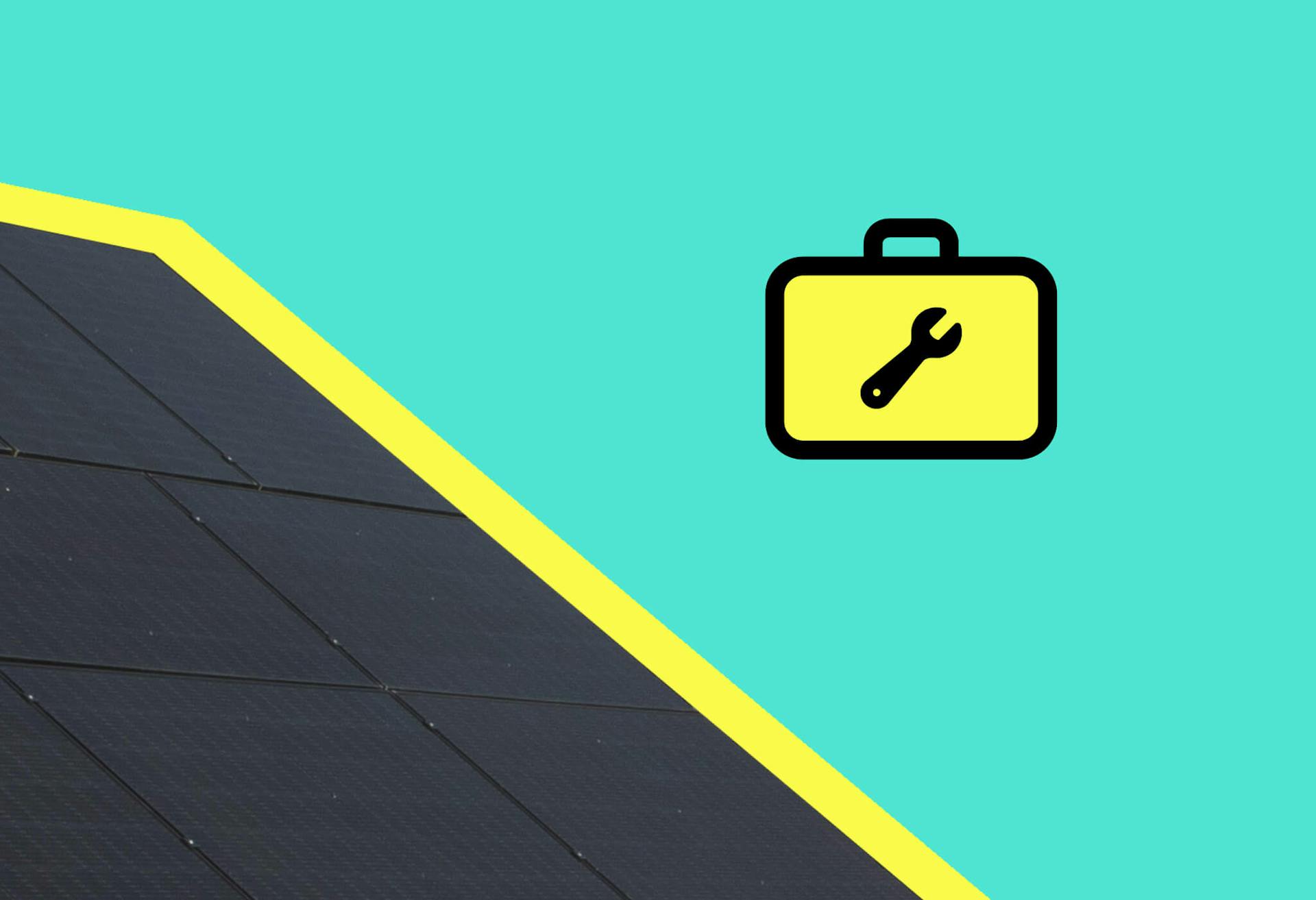
Solar panel maintenance: an expert guide
Read full story
The 10 best solar panel installers in the UK
Read full story
Written byJosh Jackman
Josh has written about the rapid rise of home solar for the past six years. His data-driven work has been featured in United Nations and World Health Organisation documents, as well as publications including The Eco Experts, Financial Times, The Independent, The Telegraph, The Times, and The Sun. Josh has also been interviewed as a renewables expert on BBC One’s Rip-Off Britain, ITV1’s Tonight show, and BBC Radio 4 and 5.